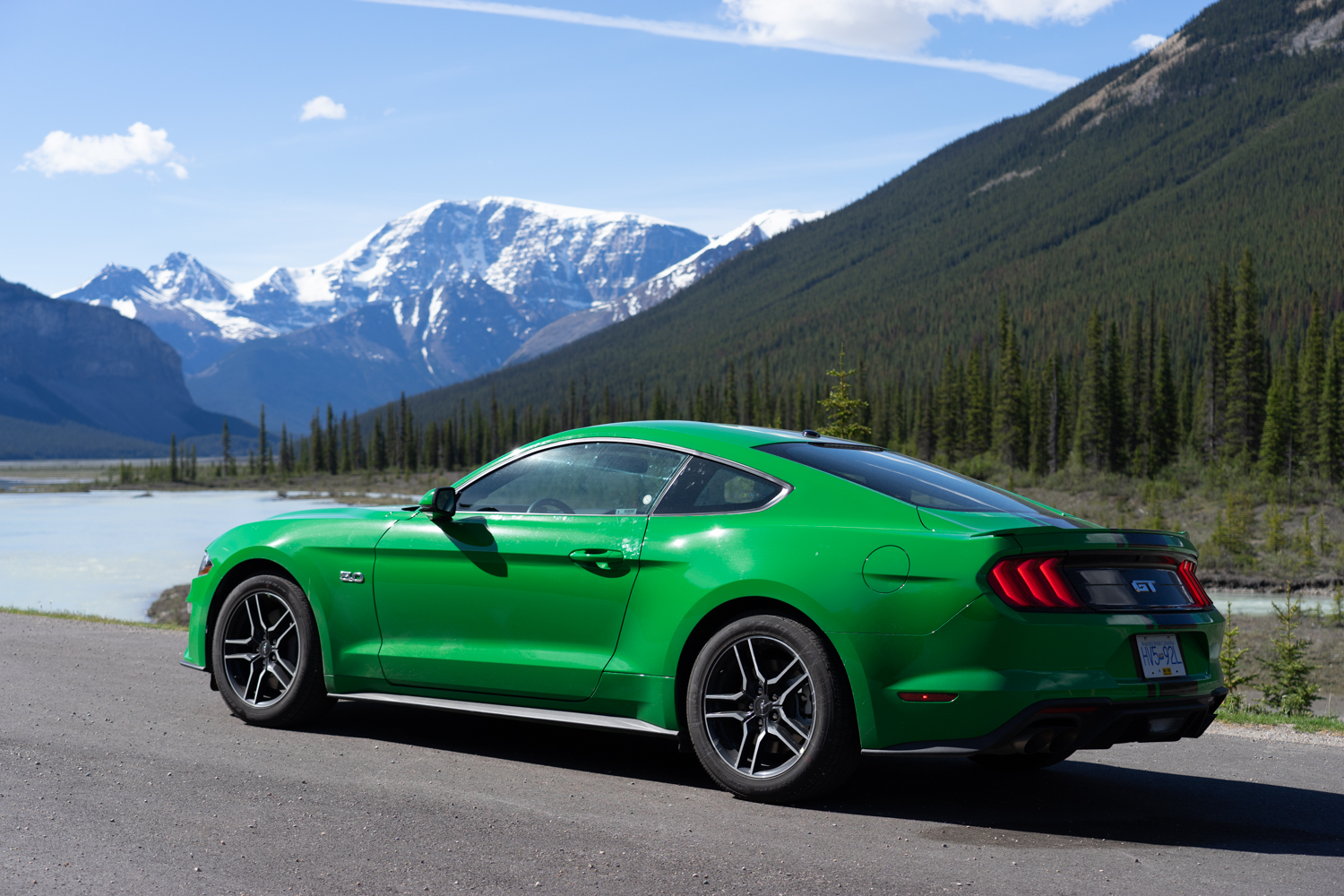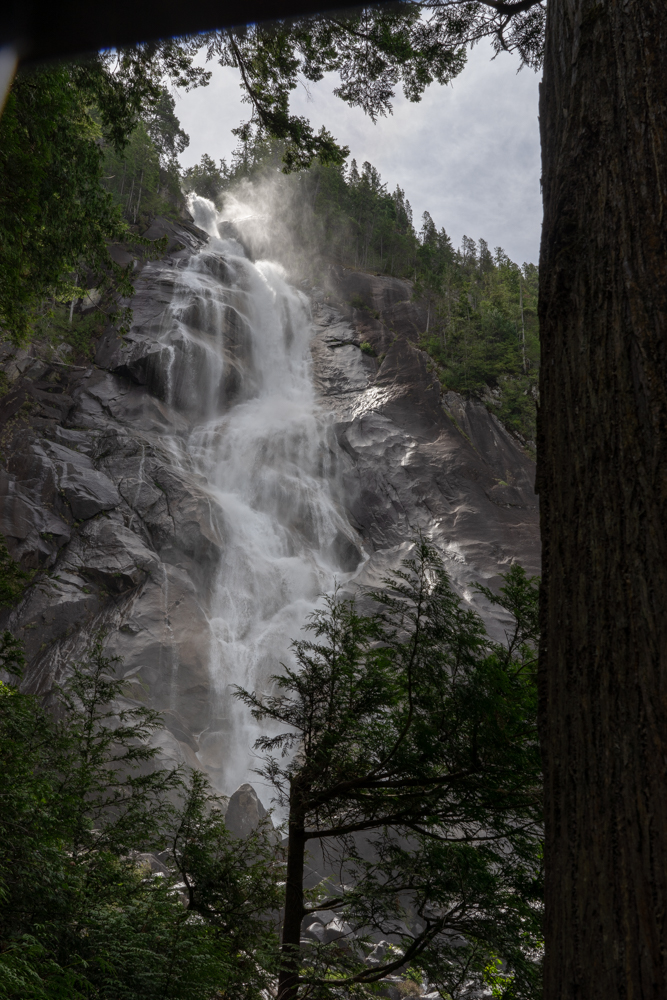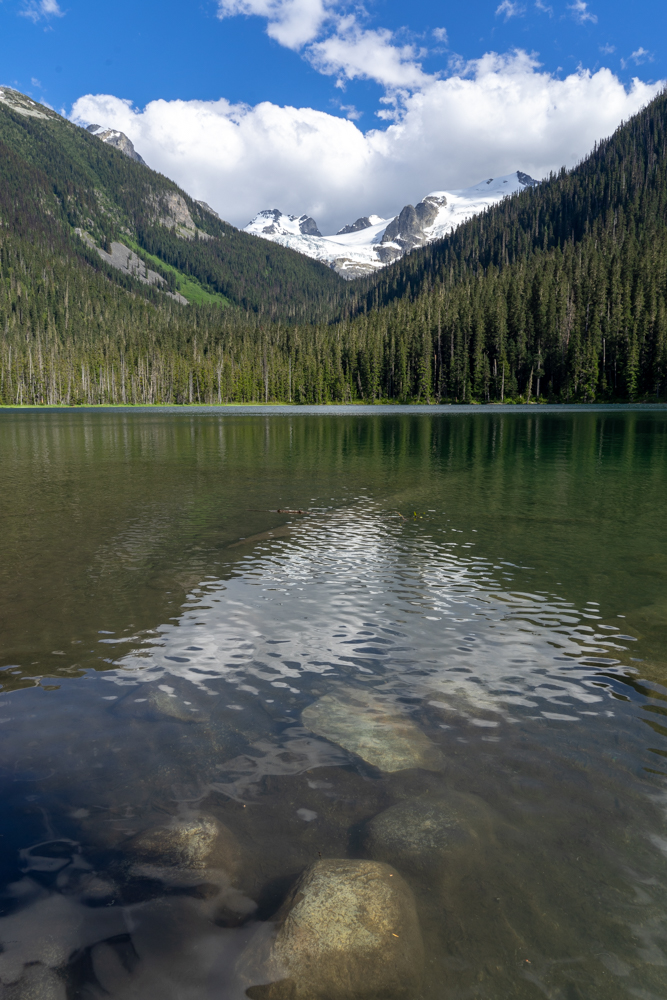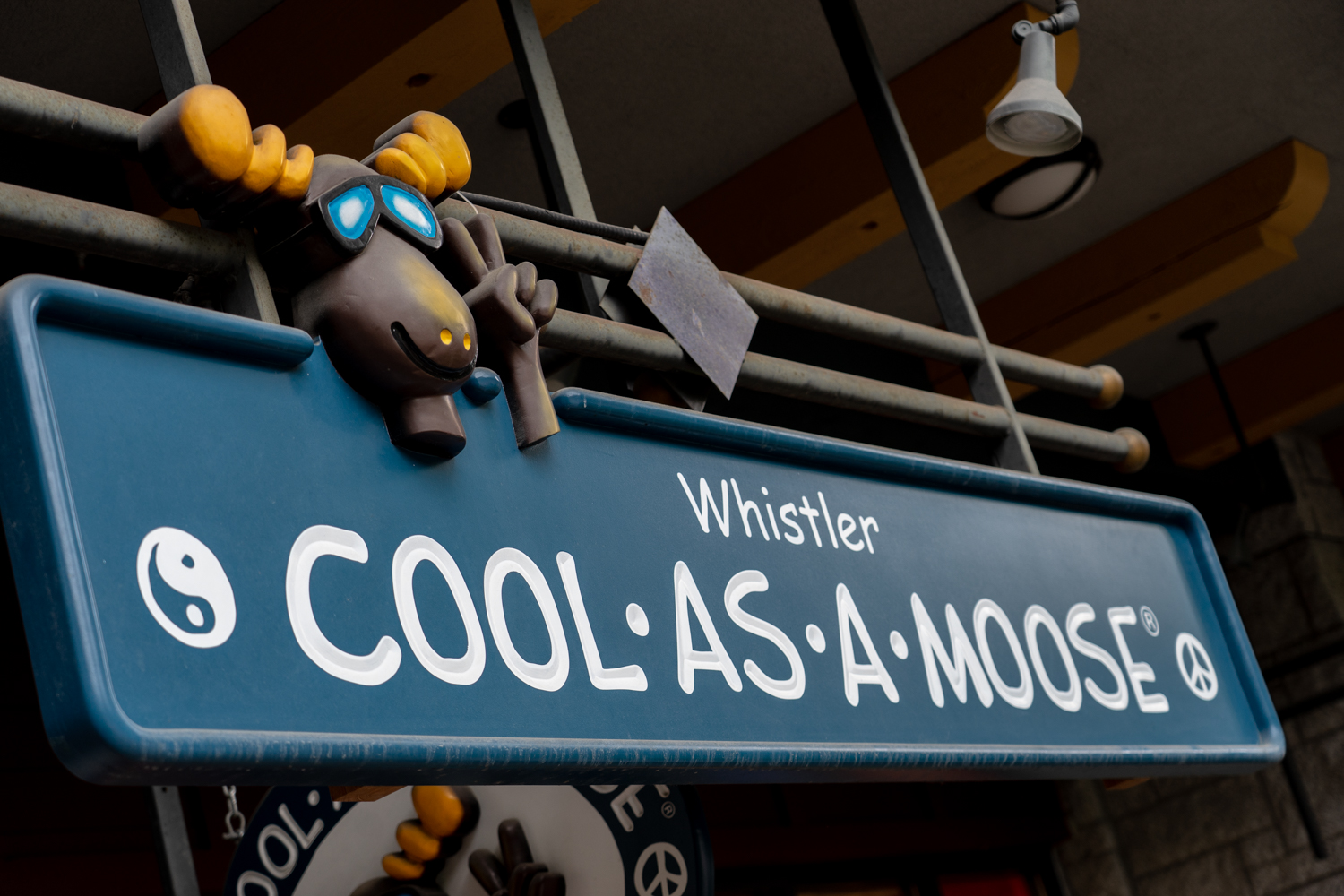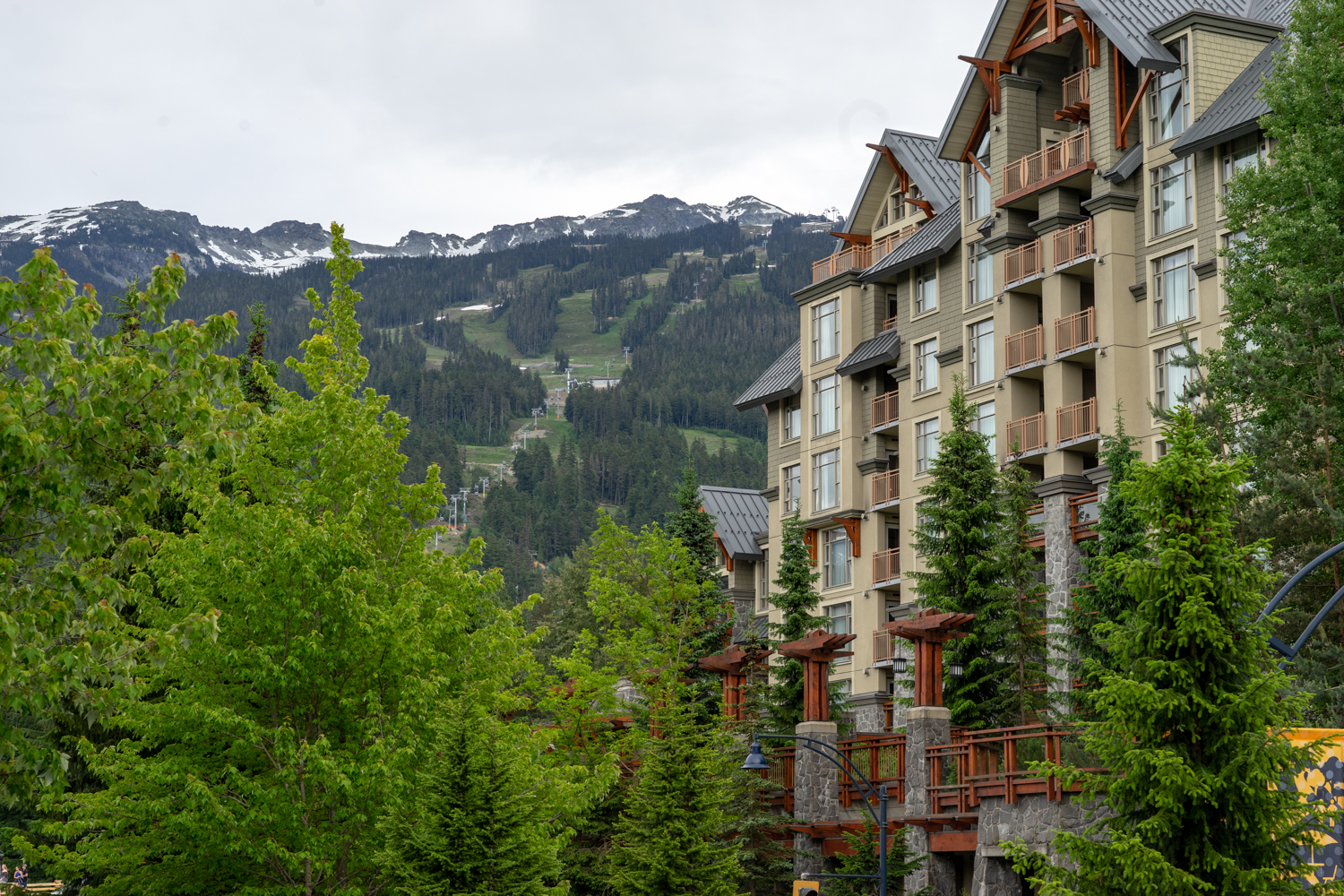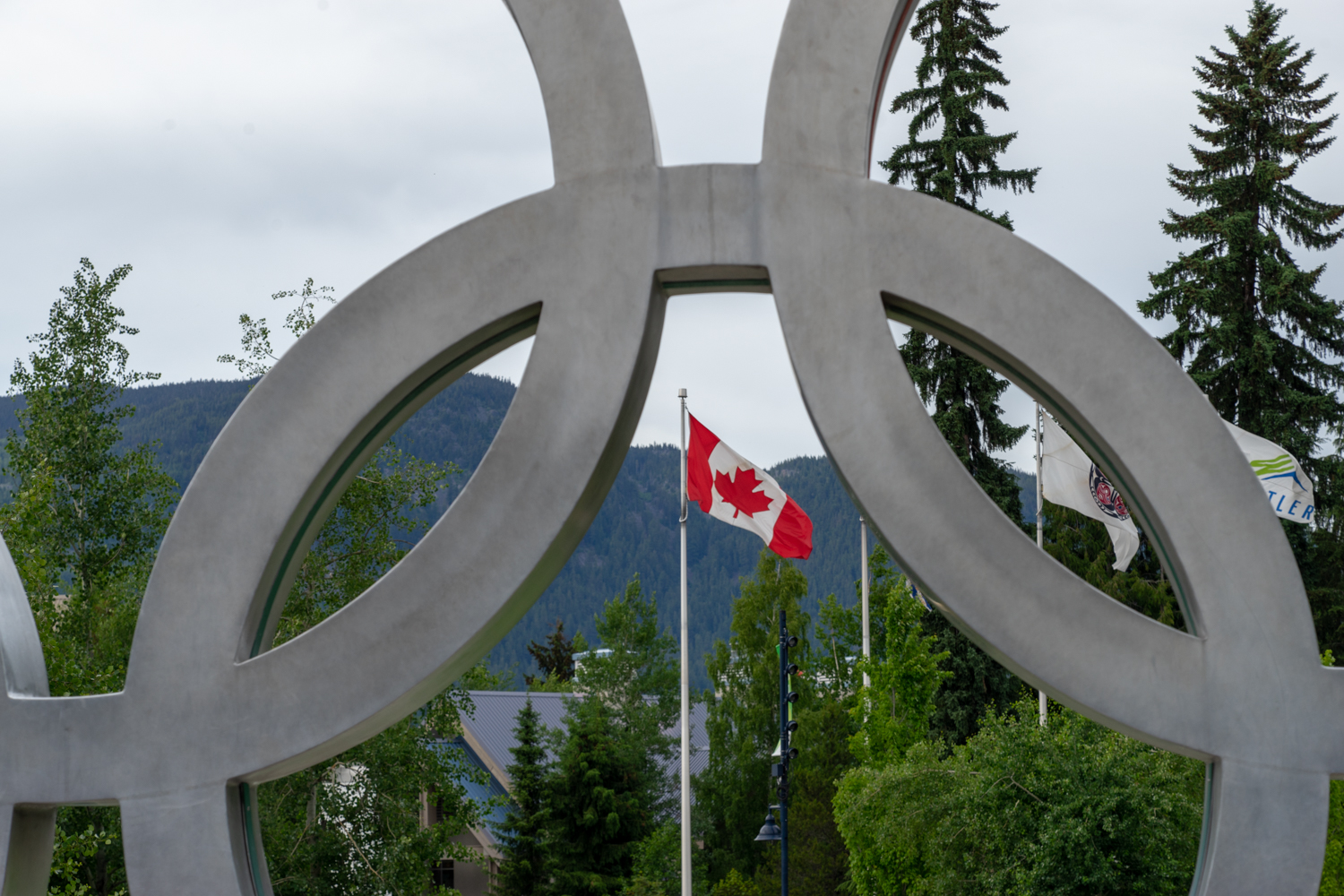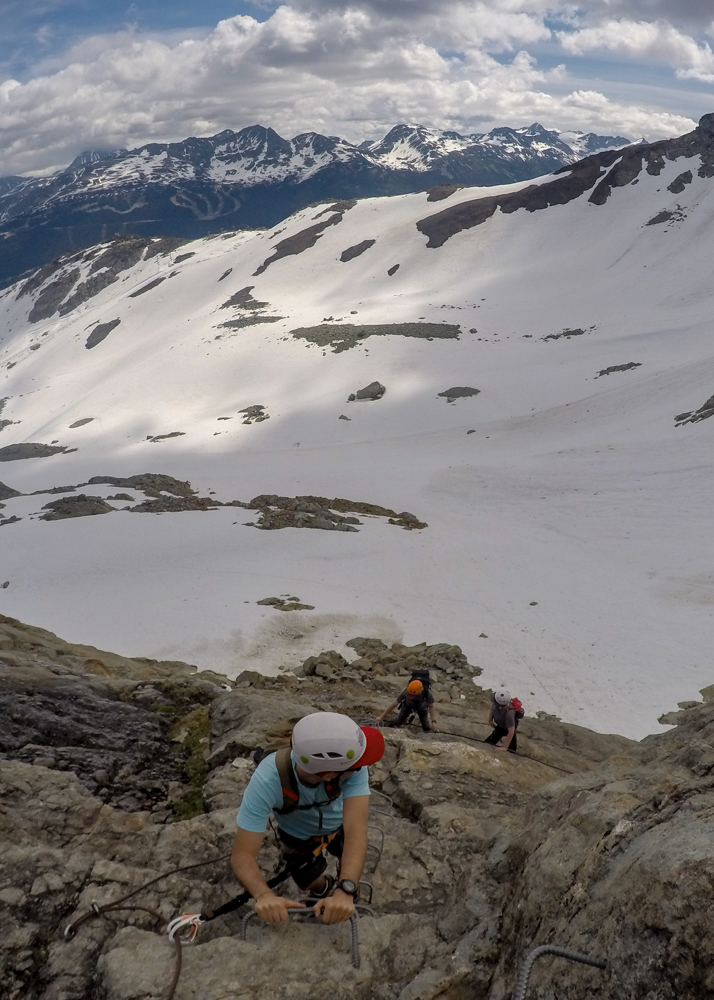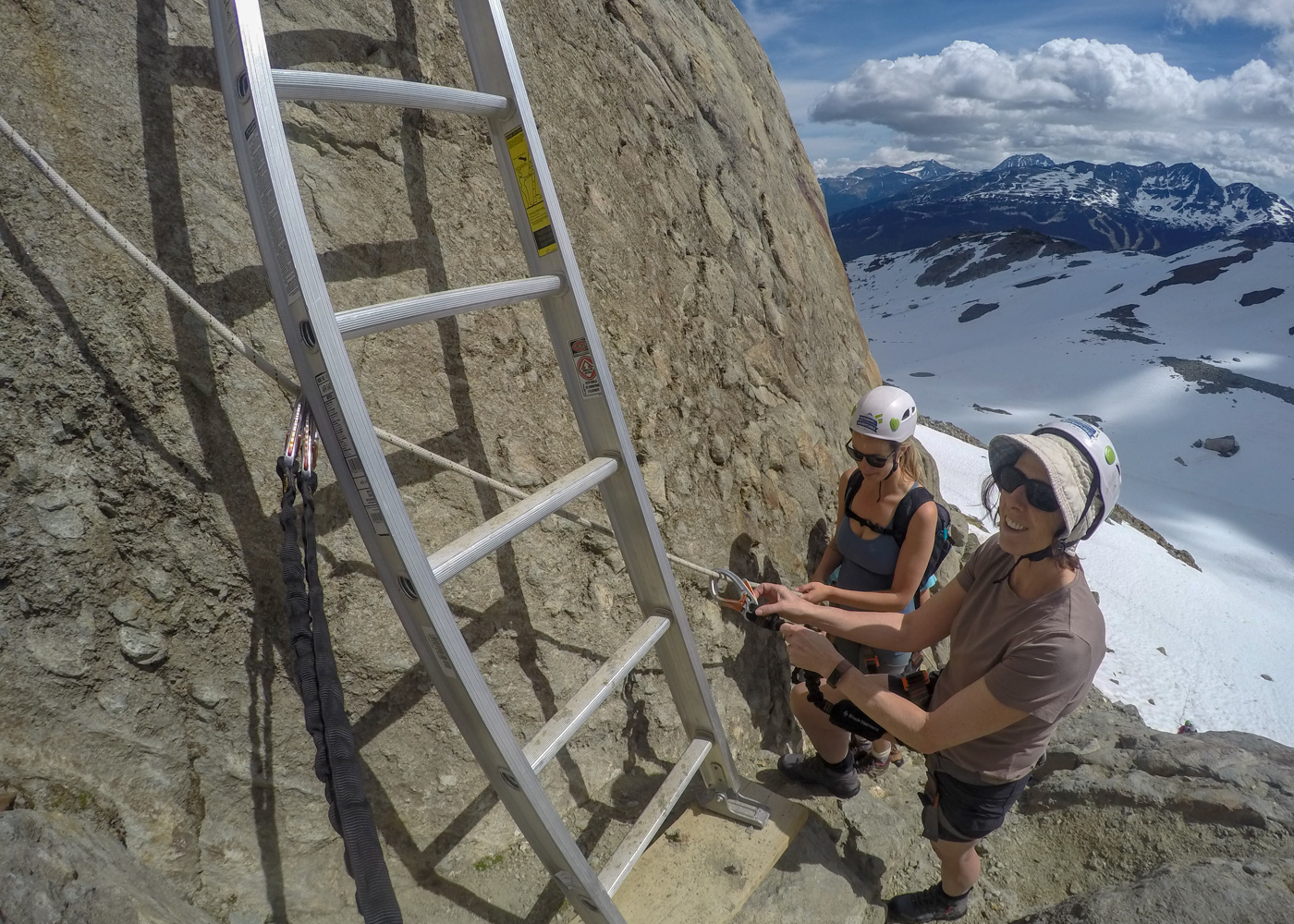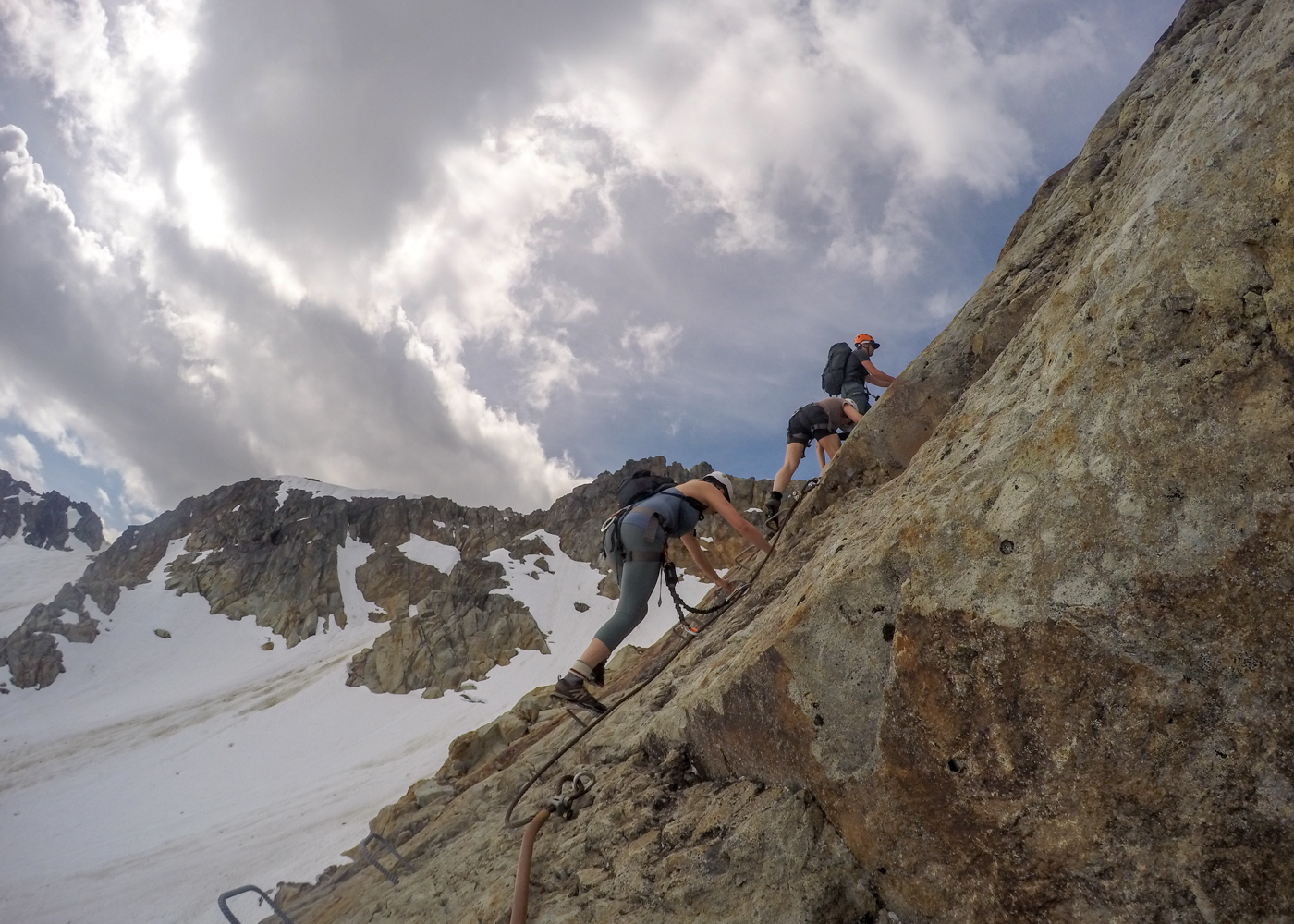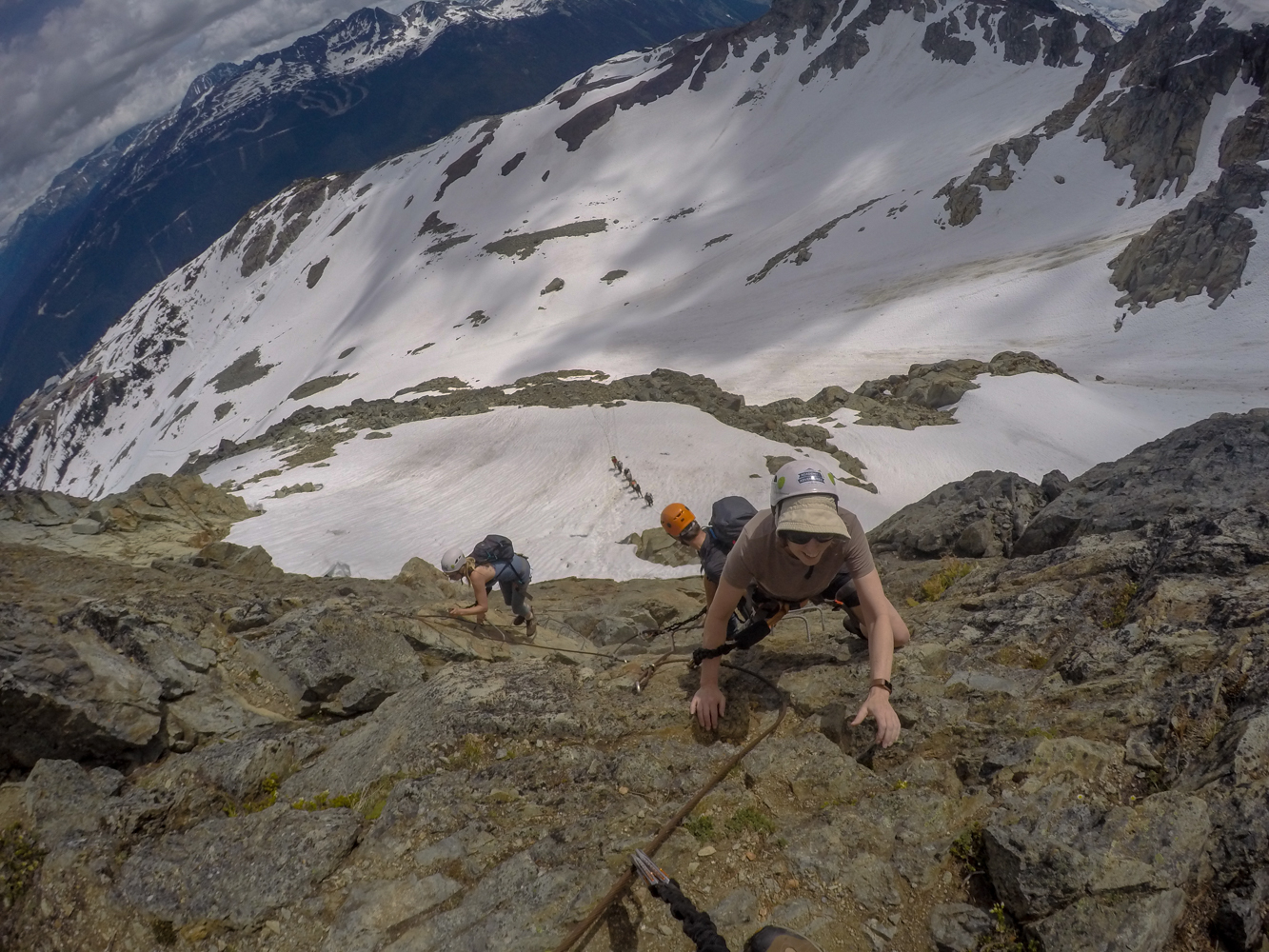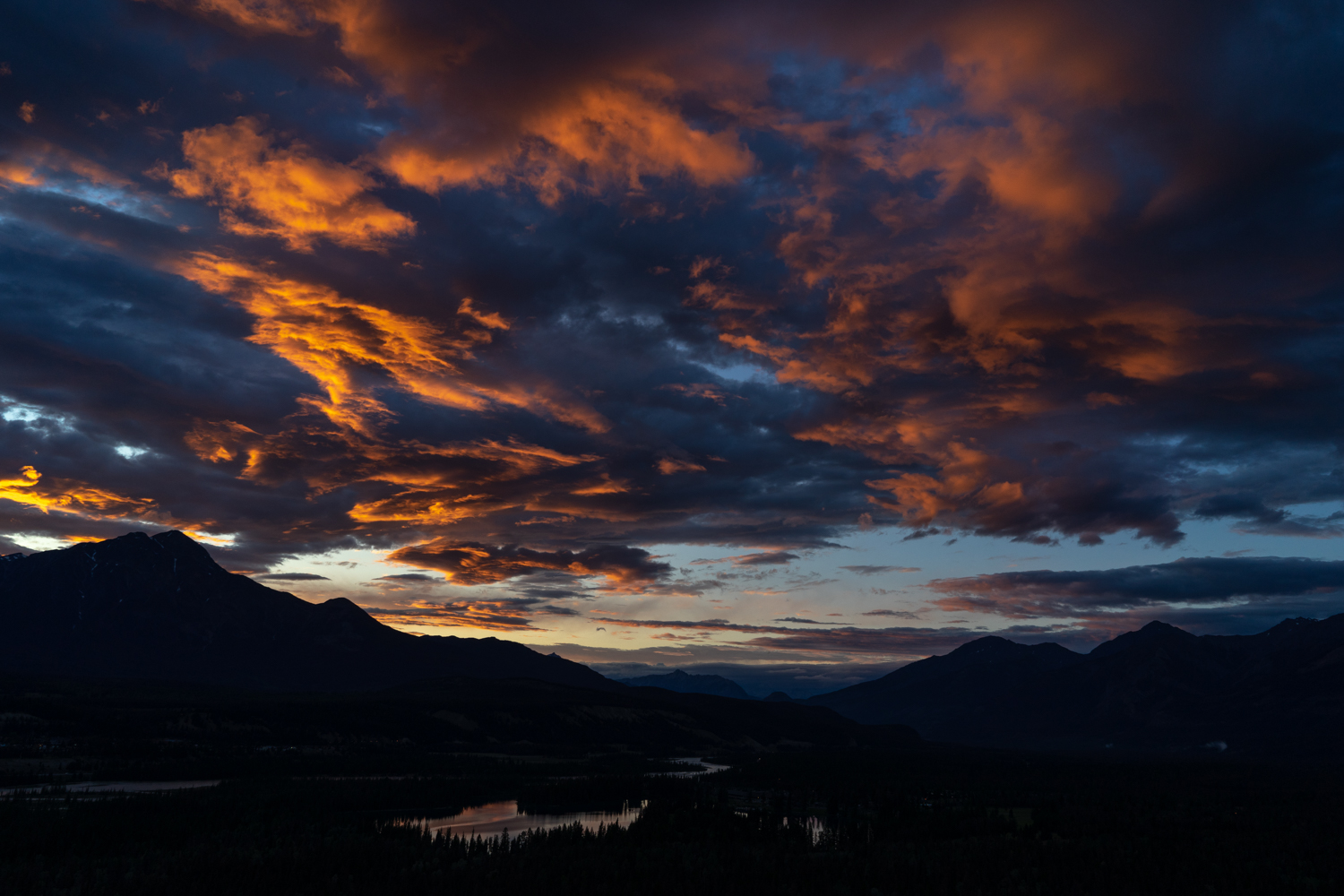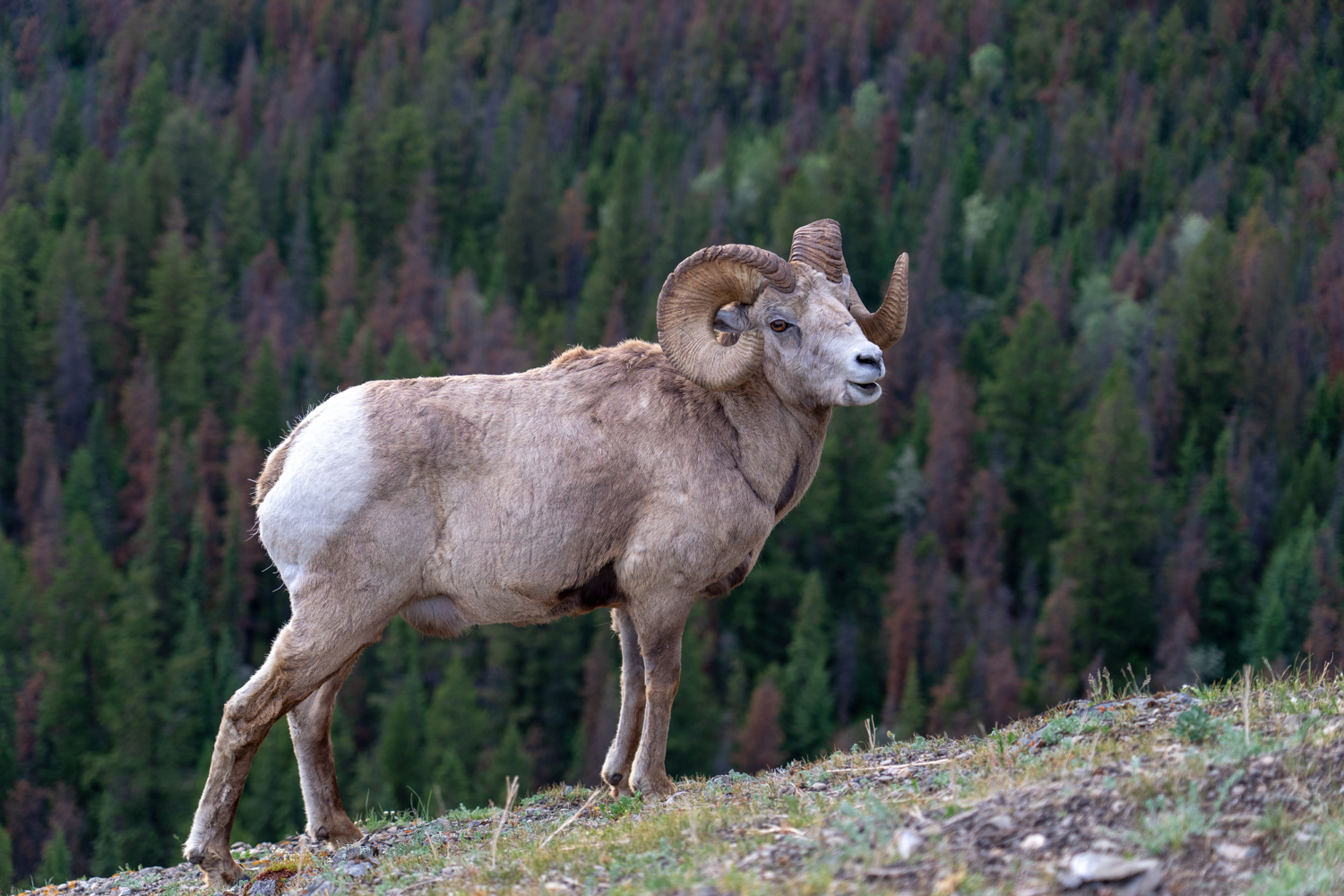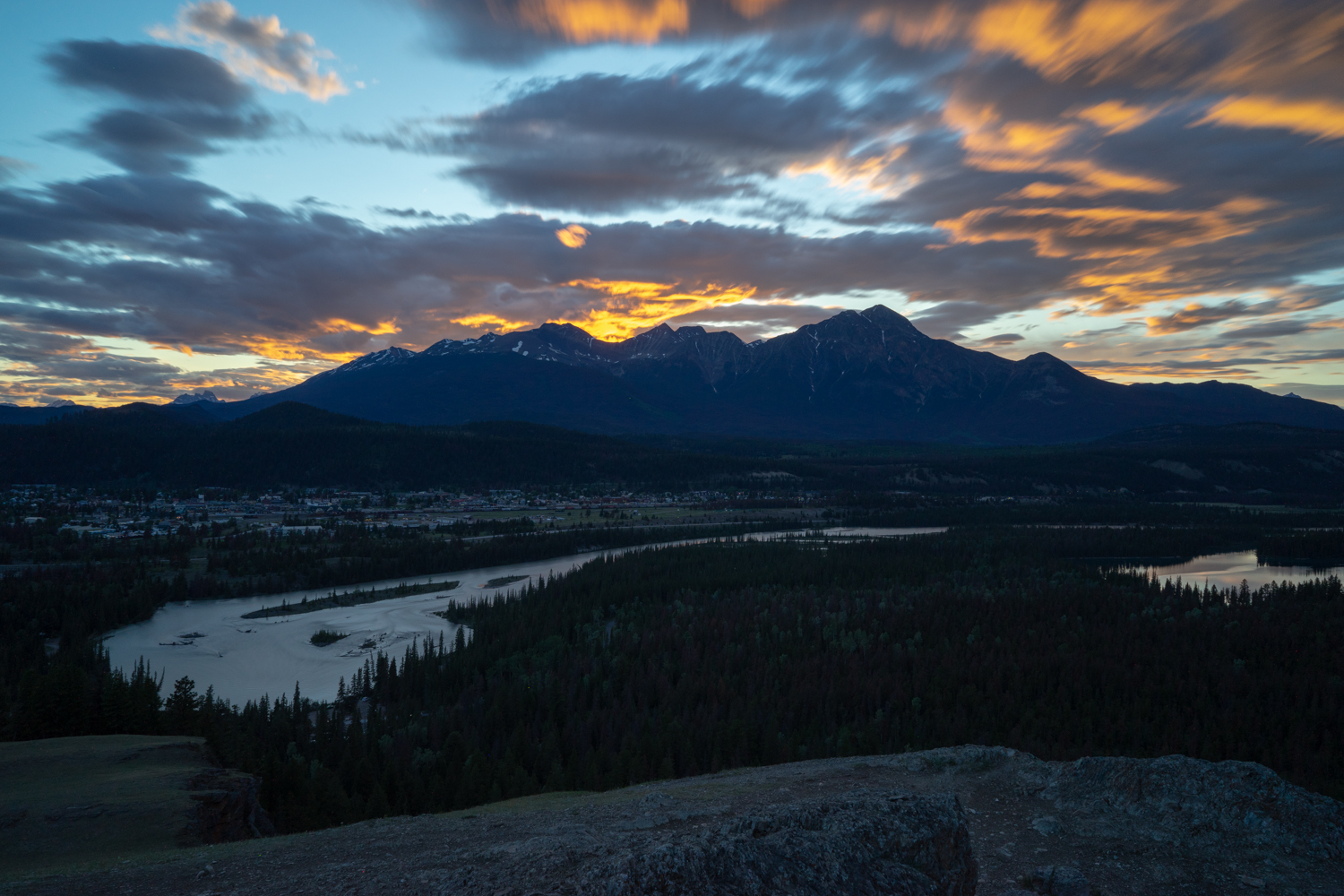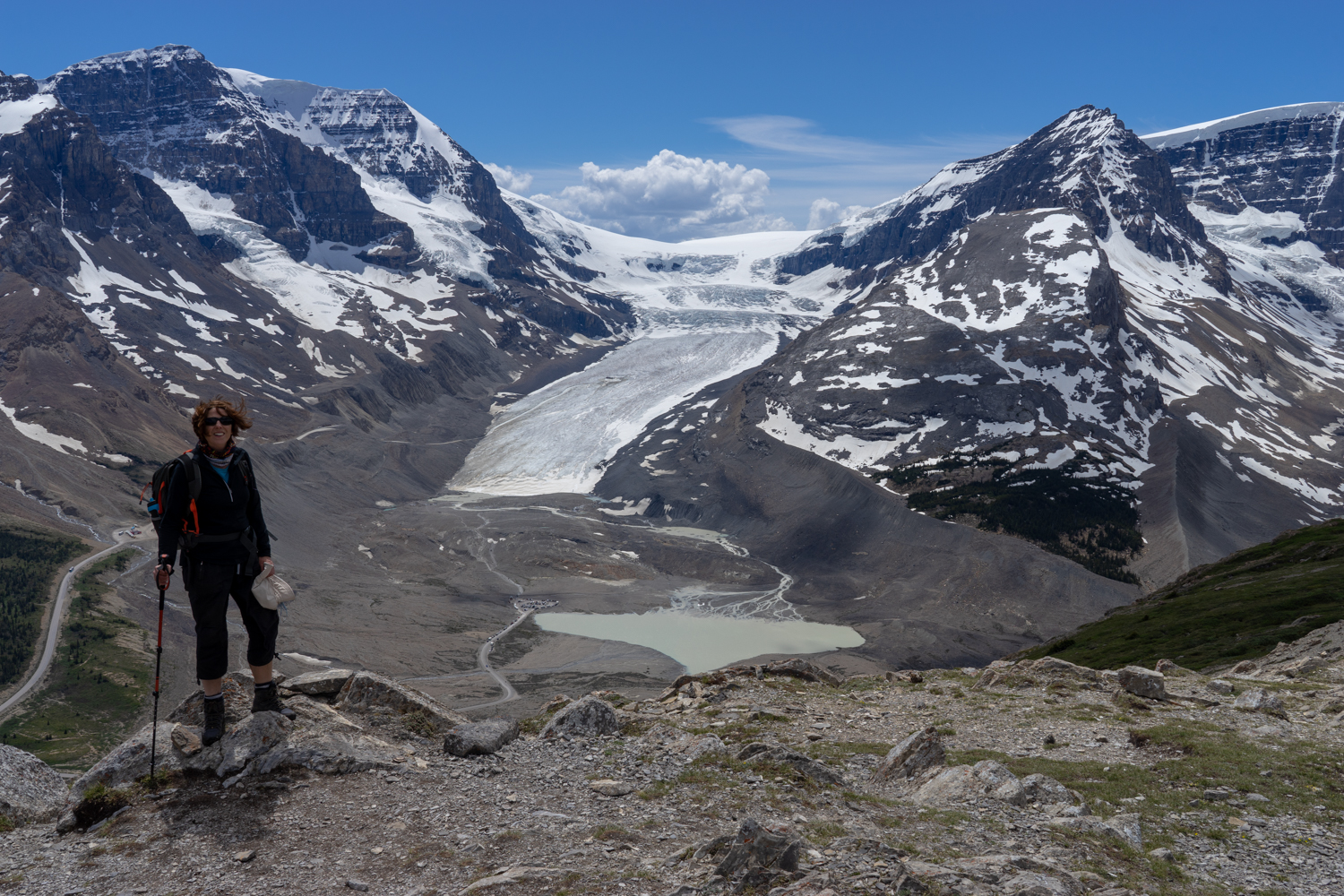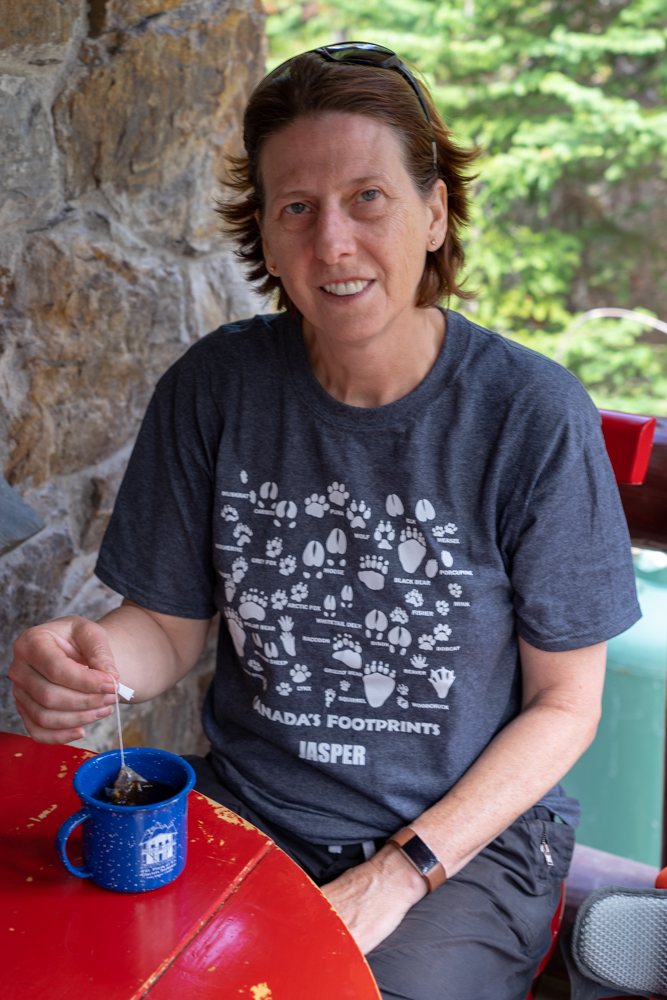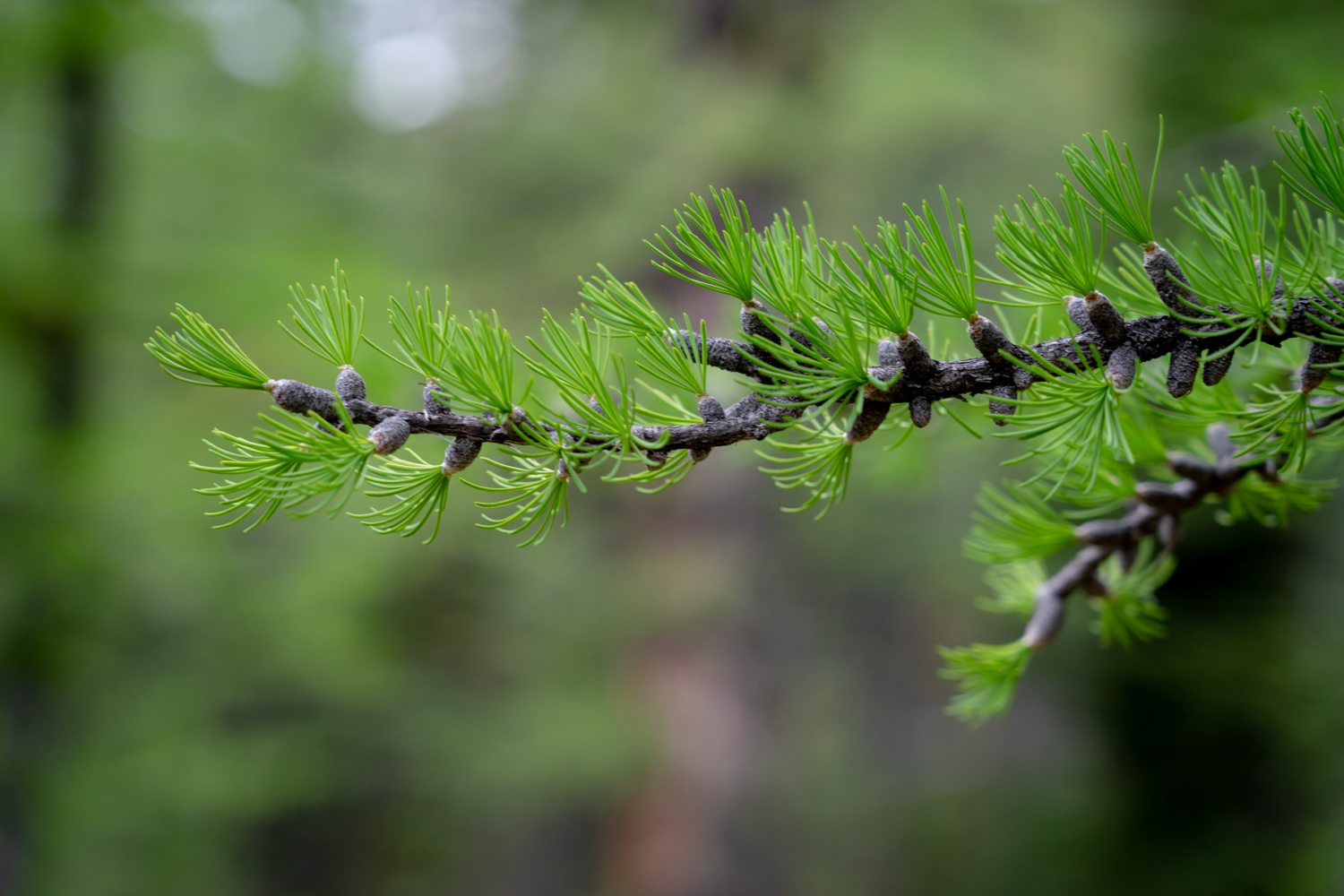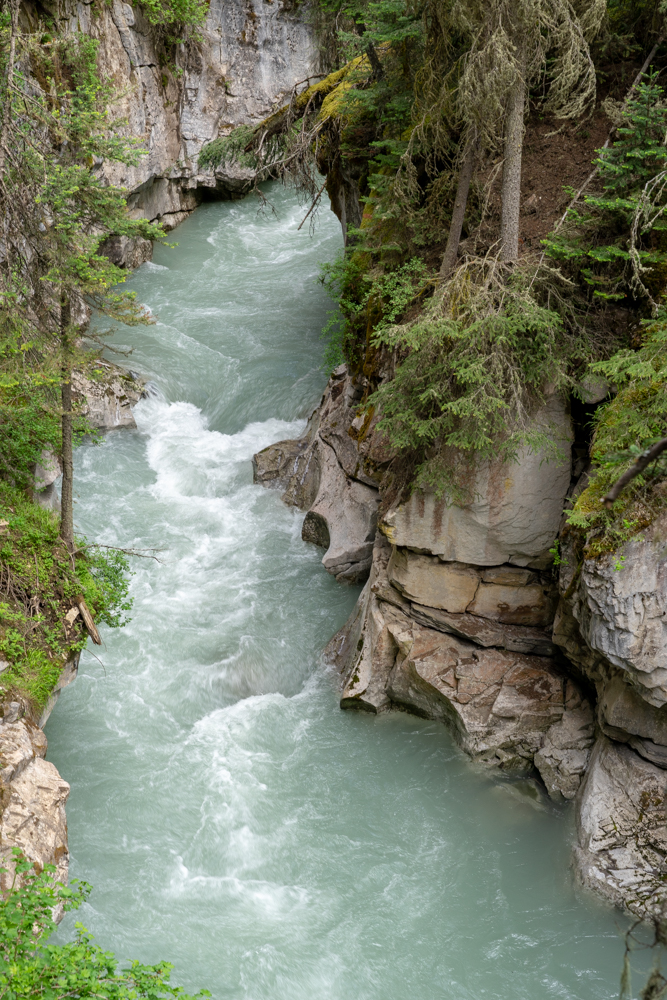I have not had much chance to get the camper out this year as we have been saving for our big trip to Canada and Alaska. This is our first leg from Vancouver to Banff. It seems i got used to driving a Mustang in my last US trip so looks like a good excuse to get another one.
VANCOUVER to WHISTLER
Following a week in New York and Boston for work, I flew to meet Kathy at Vancouver. While Cities have their own charm, this is not why i travel, so a quick overnight in Vancouver then pick up the car. Known as the Sea to Sky Highway, the drive follows along the shore of Howe Sound, Porteau Cove, past lakes, forests, and waterfalls (Shannon and Brandywine the most impressive).
We reached Whistler in the later afternoon just in time for a stroll around this quaint mountain village that hosted a previous winter olympics.
WHISTLER to KAMLOOPS
What is most famous as a ski village, Whistler is now an all year adventure town with down hill mountain biking, zip lines and bungee jumping keeping the adrenaline pumping. Our drug was Via Ferrata which is a combination of hiking and climbing with the use of safety harnesses.
While we could have stayed for several days, the road was calling. So we pushed on in the late evening (lucky it does not get dark until after 10.30pm) through the most scenic winding roads (gota love the Mustang) to a cheap hotel is a small town called Kamloops.
KAMLOOPS to JASPER
This drive to Jasper is not as spectacular as the Sea to Sky Highway or the roads after Whistler, but it is still fun in a Mustang. Deciding to make the most of the amazing mountains I took a late evening hike up a hill overlooking the town for some sunset photos after arriving into Jasper in the late afternoon.

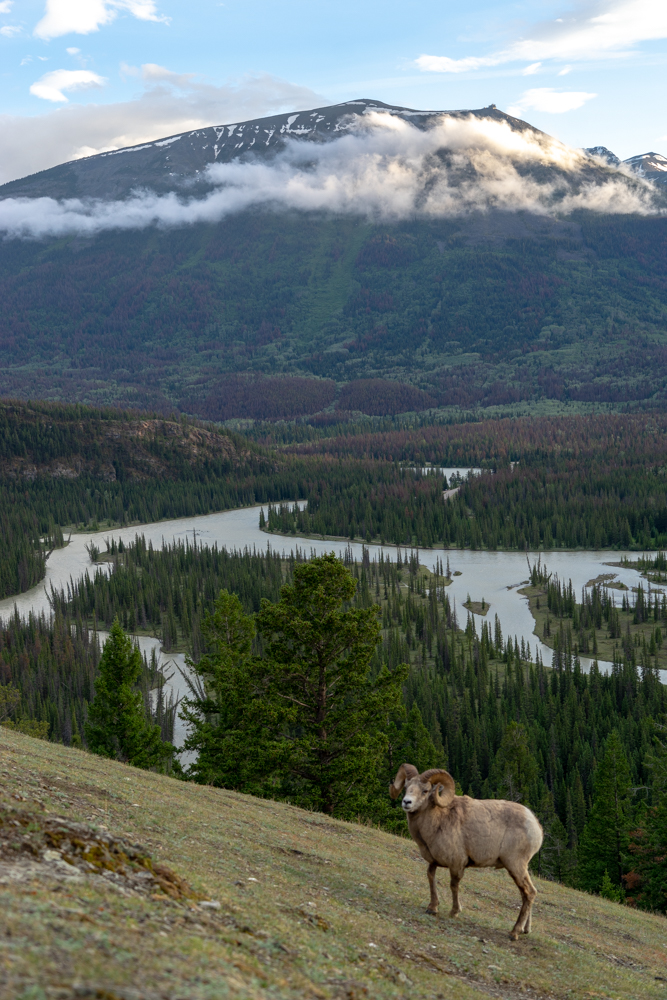

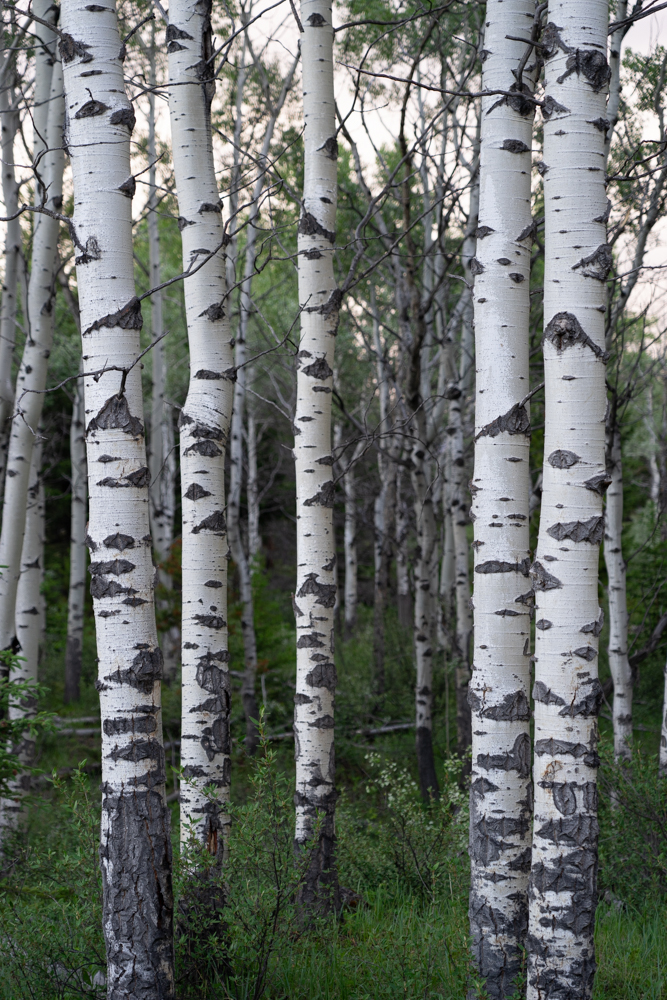


Jasper
Jasper is another Ski Village that makes the most of the summer season. The scenery is stunning making a 50km trip turn in to several hours of driving as you need to stop every 10 minutes to take in the scenery. We set off early in the morning and made our way to Lake Maligne. The drive from Jasper winds along the glacier valley running between the Maligne and Elizabeth mountain ranges. The Lake itself is the largest natural lake in the Canadian Rockies, stretching 22.5 km’s in length.
Escaping the crowds again we hiked 13km up the adjacent Bald Hill stopping for lunch at the summit to admire the view down to the lake and surrounding mountains. A mix of forrest, steep rocky passes and snow covered trails, and 360 deg mountains made this a great hike. While no bears on this hike we were joined for lunch by a cheeky chipmunk.
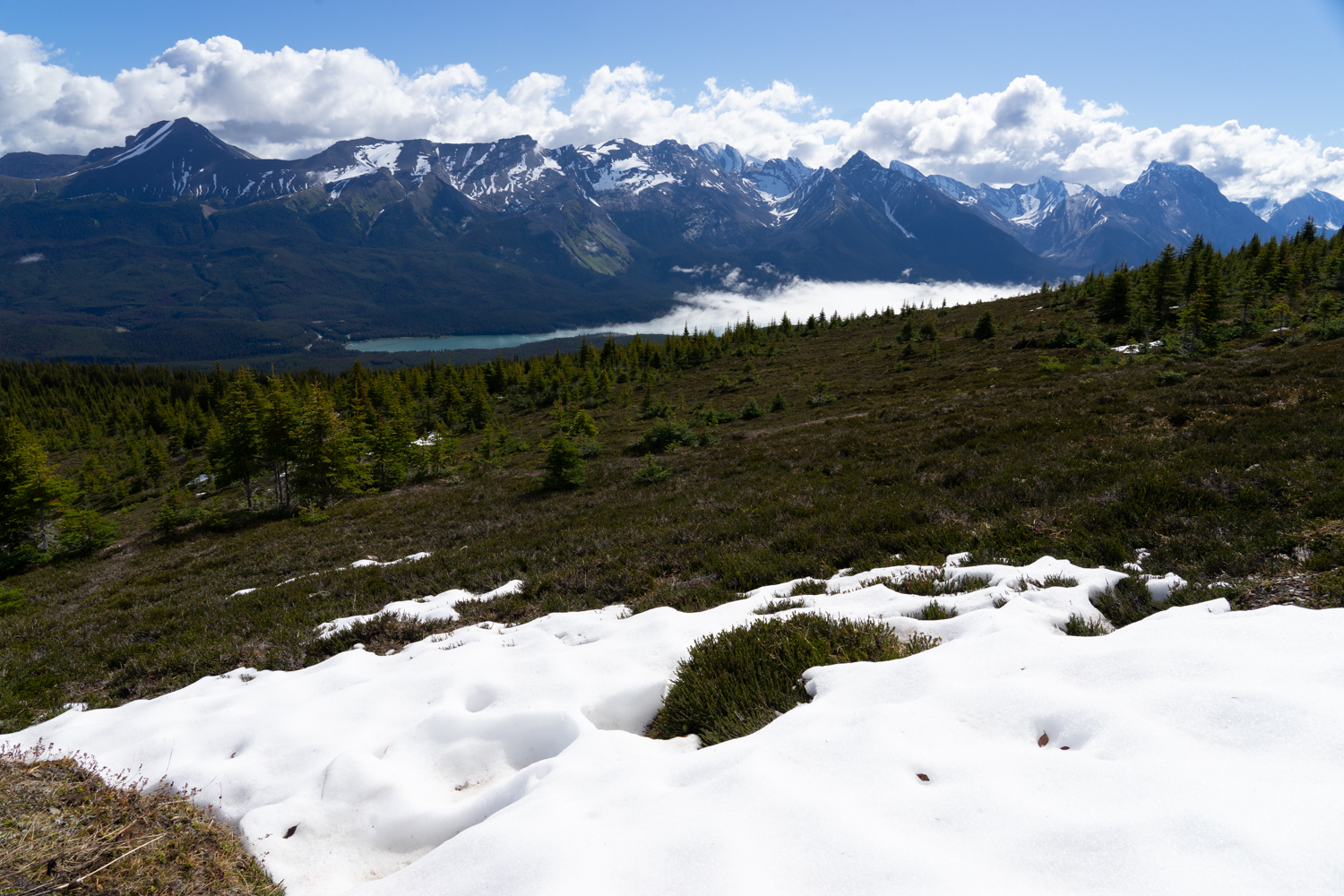

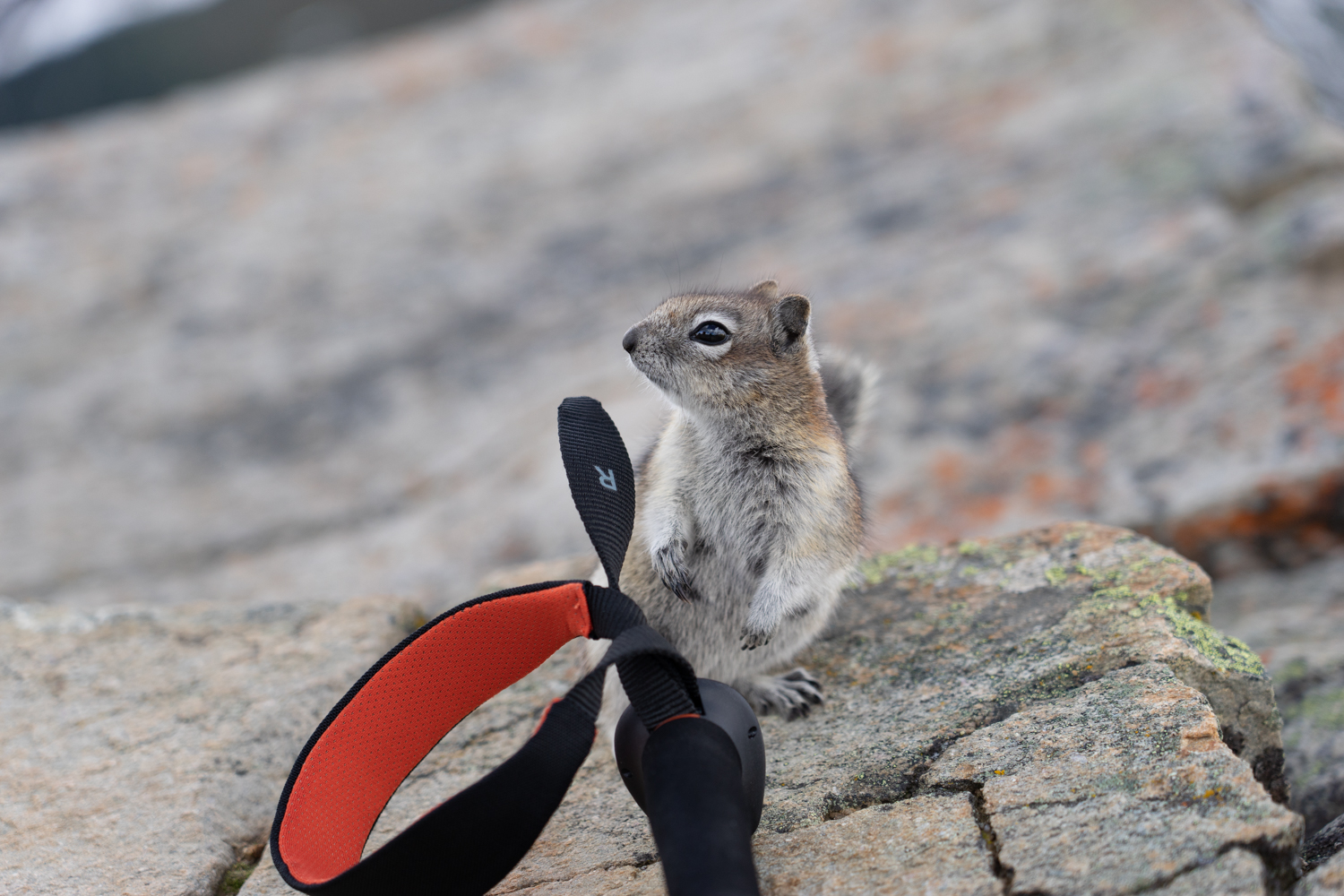
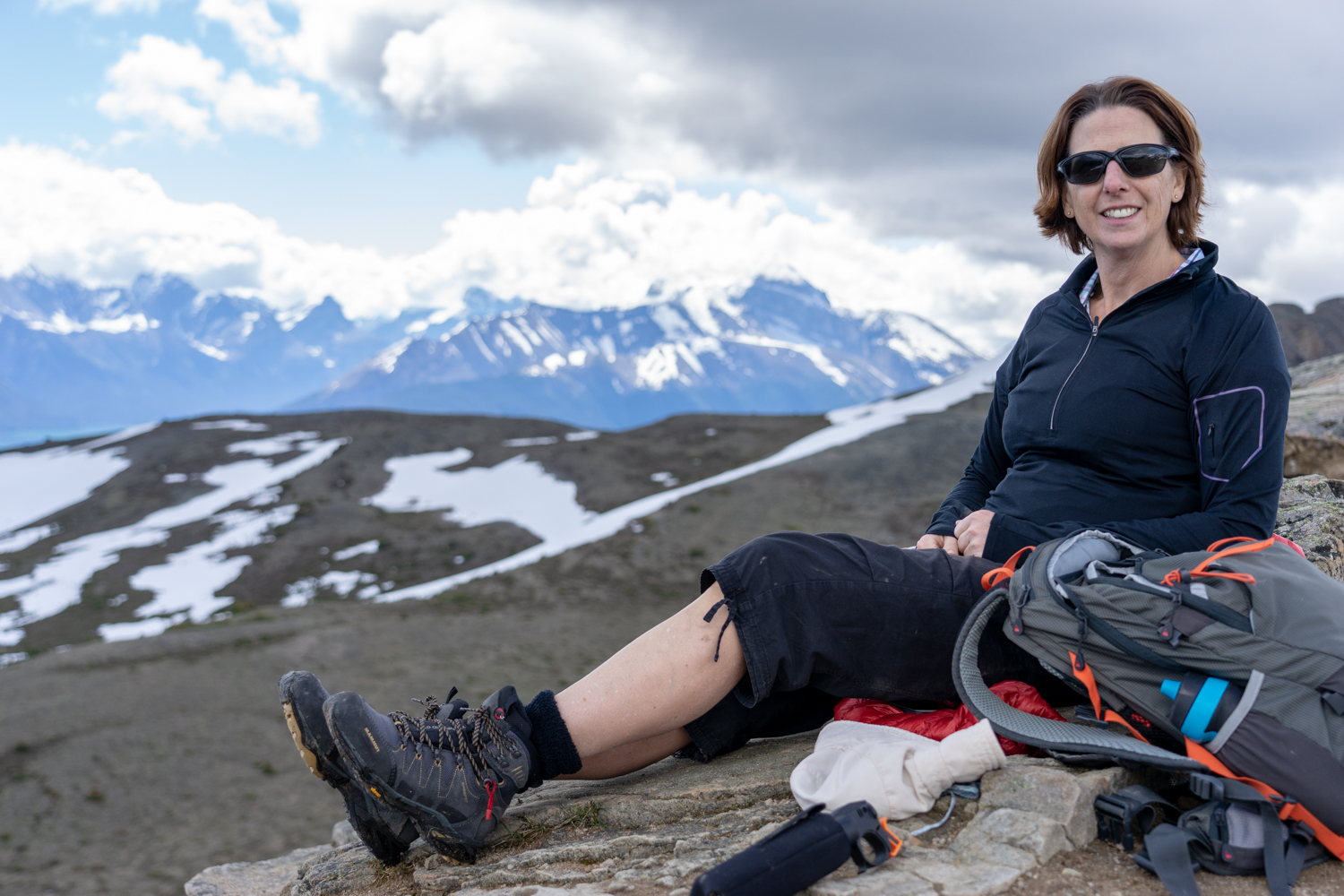

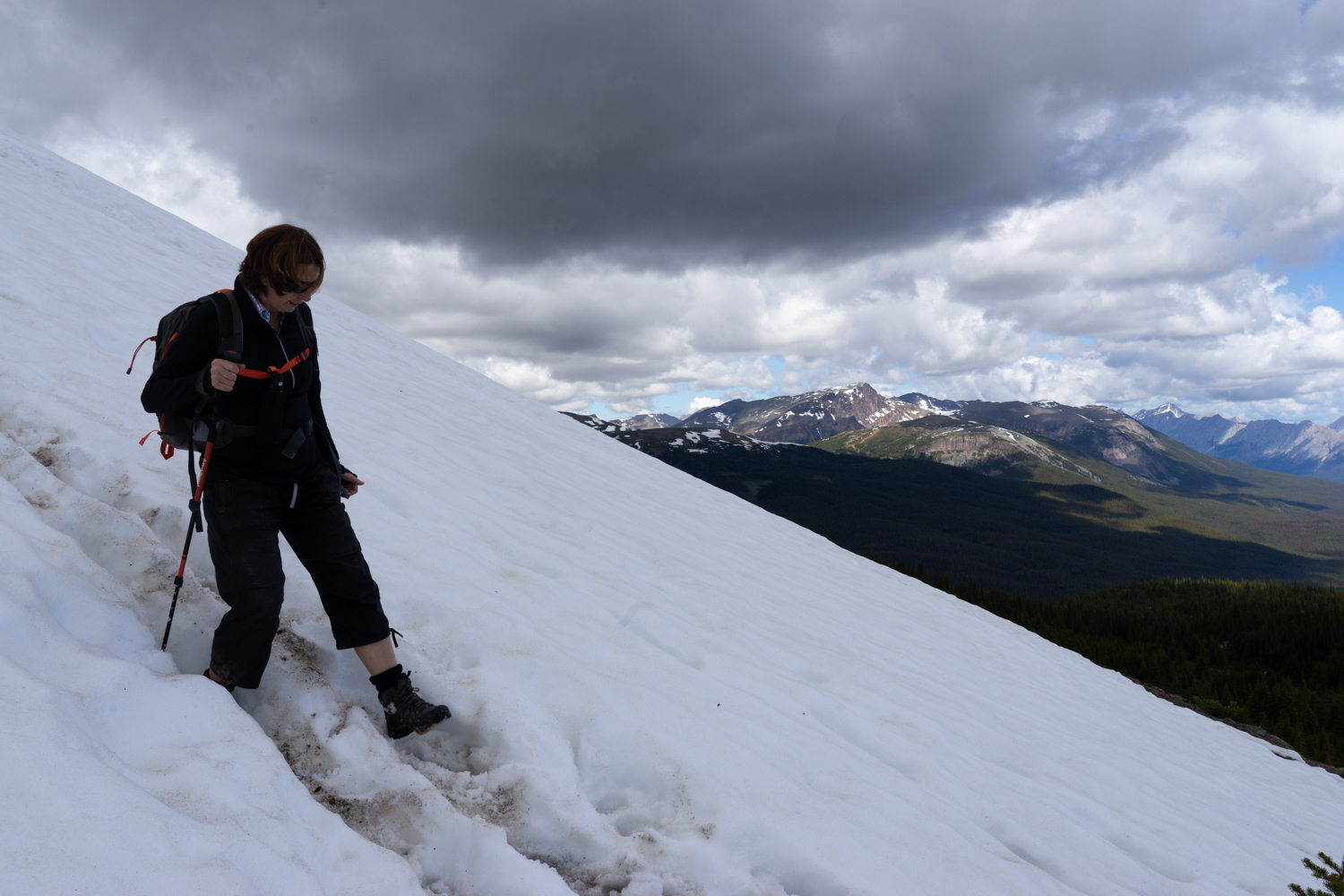
In the afternoon we sought an easier walk, this time through Maligne Canyon. The Maligne Canyon is carved deep in to the rocks and only a few meters wide, water rushing and thundering below.
JASPER to BANFF
The next day we were back on the road, this time following the 232km Icefields Parkway. This winding road passes through the heart of the Canadian Rocky Mountain Parks World Heritage Site, past more mountain lakes, ancient glaciers and broad sweeping valleys.
A quick stop at Athabasca Falls along with several thousand tourists, who decamp off buses like a plague of locusts all seeking their selfies at this beautiful falls (somehow i managed to get a photo without many people in it).
Next stop was the Athebasca Glacier. The massive six km long and one km wide tonque of the Athabasca Glacier flows is one of the most visited sites in Canada. Not wanting to spend over $100 each to join the bus loads of tourists who bus onto the icefield, we opted for the short walk to the base of the Glacier. This huge chunk of ice is in continuous motion, flowing down the valley like a frozen, slow-moving river. Because of a warming climate (if you ever wante evidence you just need to stand here), the Athabasca Glacier has been receding or melting for the last 125 years. Losing half its volume and retreating more than 1.5 kms, the shrinking glacier has left a moonscape of rocky moraines in its wake.
But to escape the tourists again, we hit the trail for a 12km hike up Wilcox Pass/Wilcox Ridge. Breathtaking does not do this walk justice with scenery over snow capped peaks, wildflower meadows and the icefield 1000 metres below.
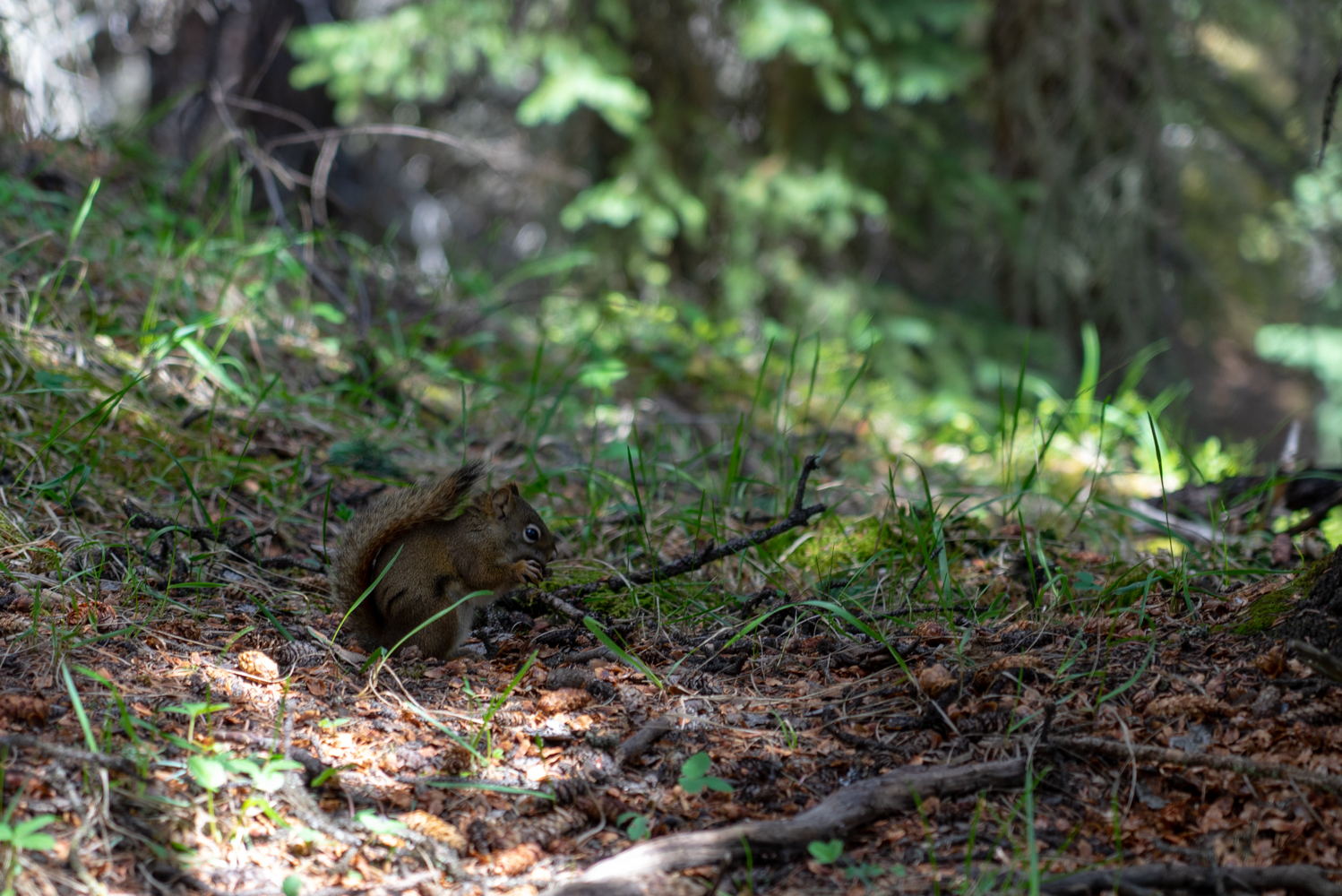
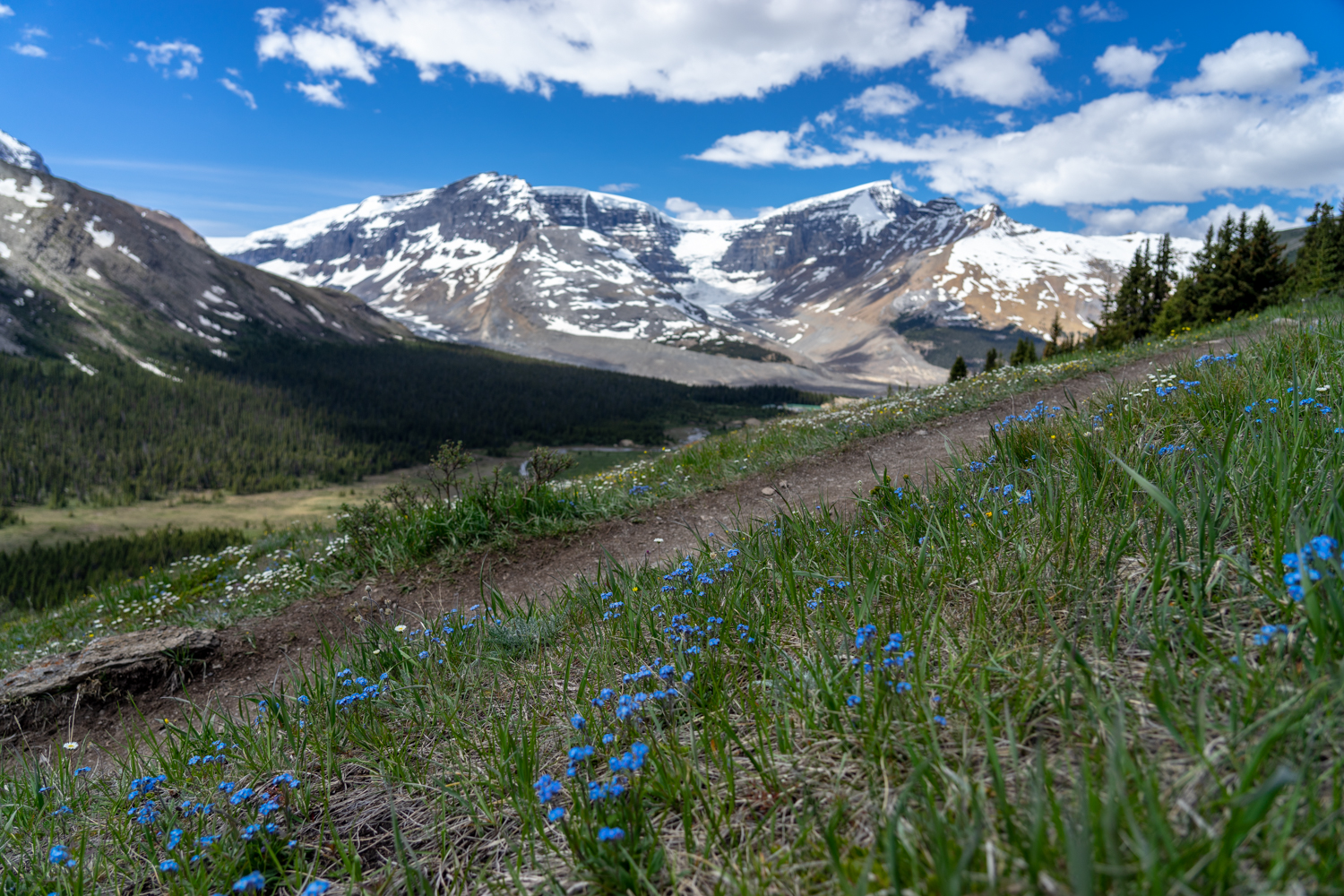
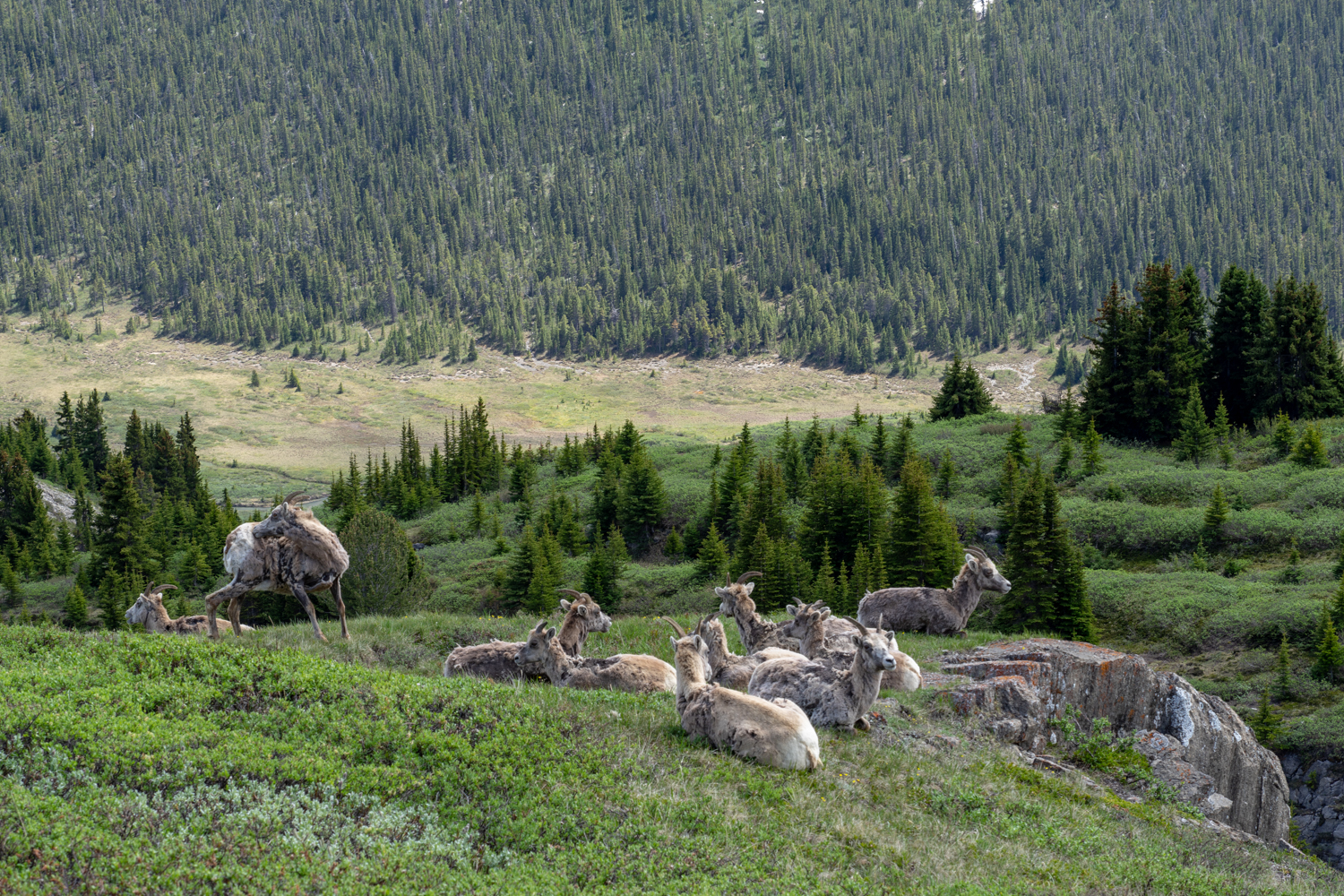


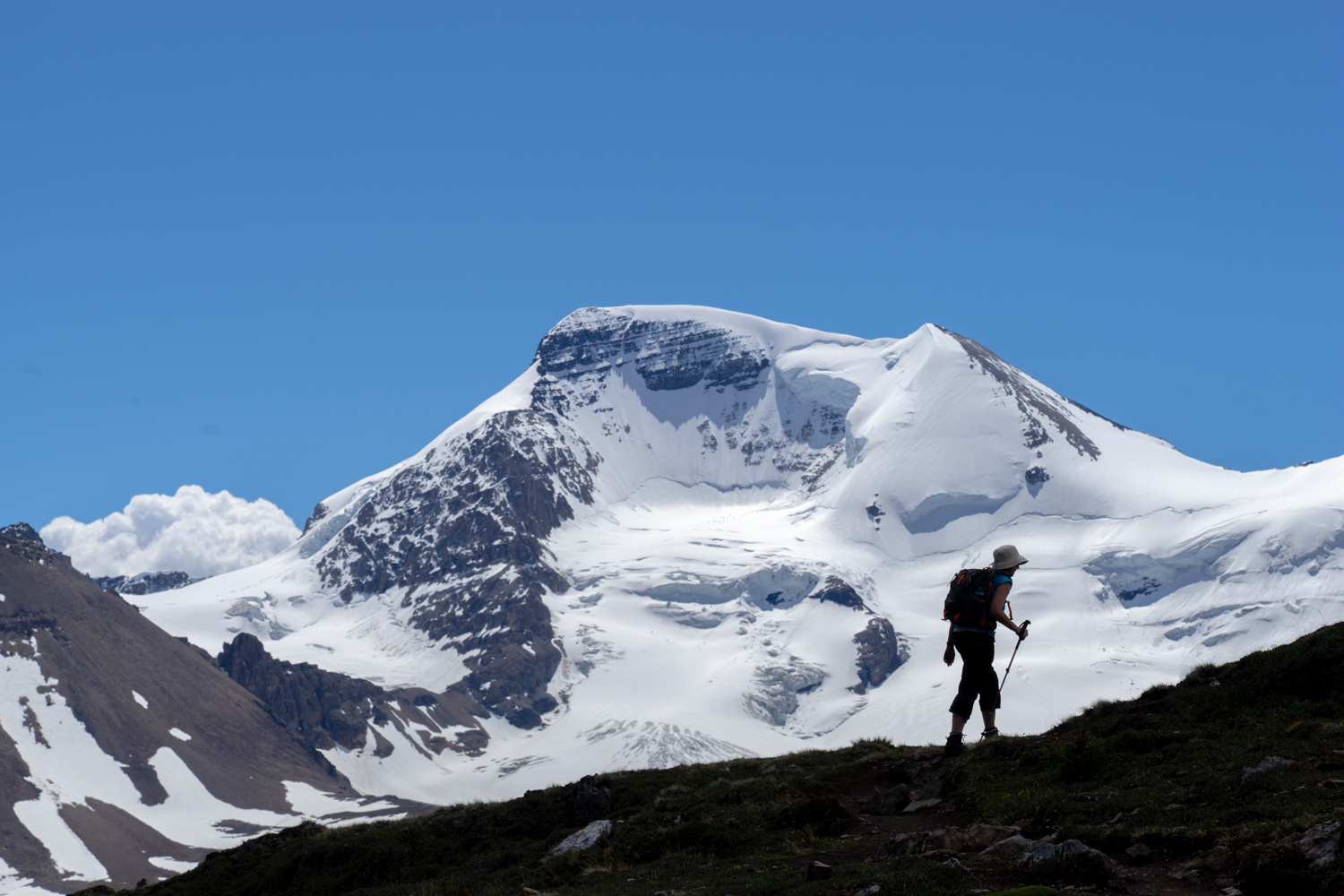


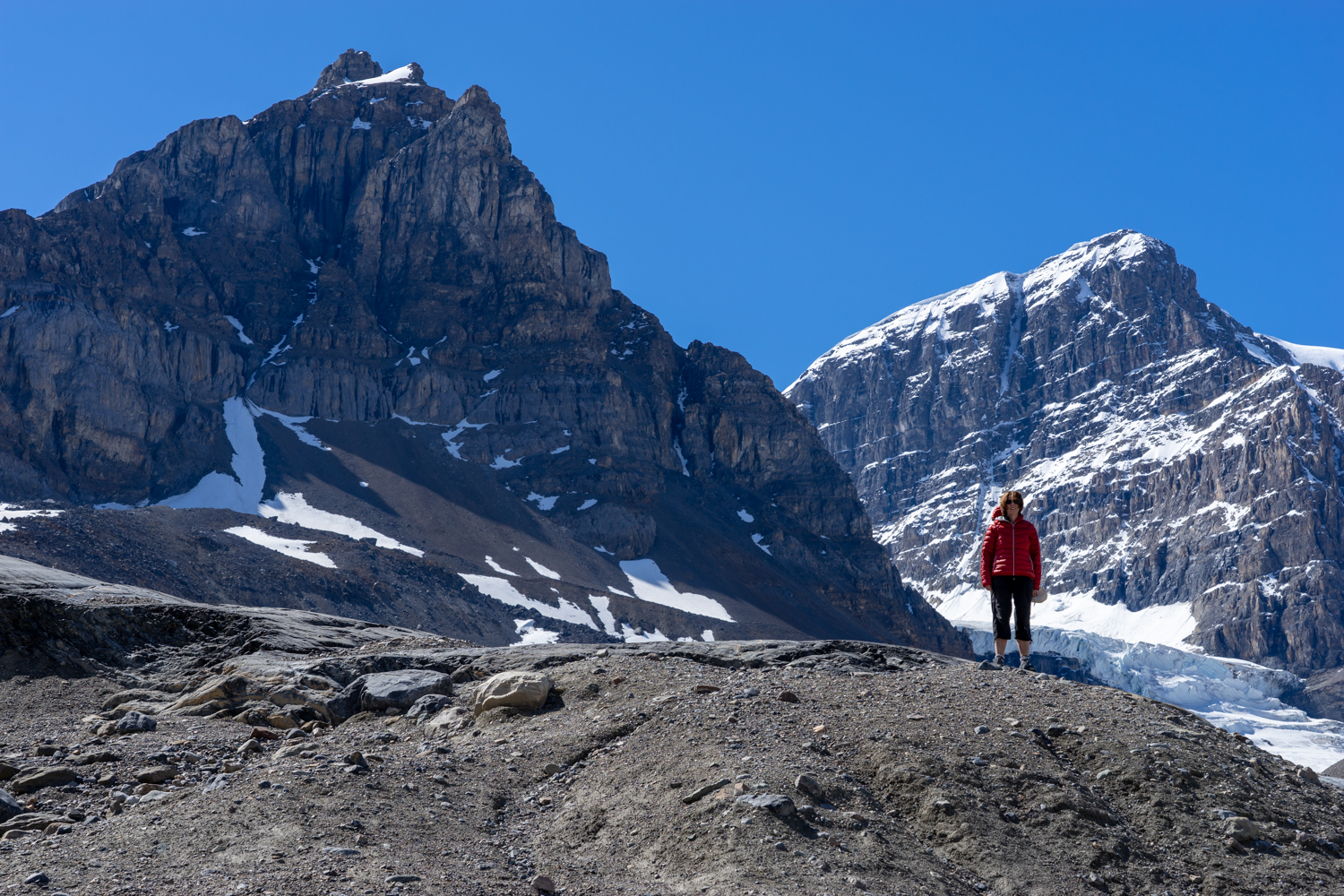
After a long hike it is hard to get back in the car but we had one more stop before reaching Banff. I lie, we stopped multiple times at lakes, waterfalls and mountain vistas. But eventually we reached probably the most photographed lake in the rockys - Peyto Lake.
BANFF
With a multitude of hikes to choose from you are spoilt with choice on what to do in the areas surrounding Banff. With the weather gods still on our side we decided on The Plain of Six Glaciers which begins at Lake Louise for our first hike.
Starting at the famous Fairmont Hotel, if you fight past all the chinese tourists you will see Lake Louise - a strange milky blue colour dotted with brightly coloured canoes carrying more chinese tourists.
But the best views take hard work so the long hike up the mountain was our choice.
Half way up there is even a tea house where we had tea and hot chocolate. They bring all supplies up by horses, giving hikers a well deserved rest along the way.
The trail takes you up close to the heart of Mount Lefroy (left) and Mount Victoria (right). From here you can look down across the crevasses of the Lower Victoria Glacier and the moraines left behind hundred of years ago by the Lefory and Victoria glaciers.
But our walk was only half done with a further hike along to Mirror Lake and Agnus Lake. All the lakes are completely different colours from emerald green, deep blue, to torquiest. Some may try to convince you they are died for the photographers, or the lakes are drained and the bottoms are painted. But the real reason is due to the type and amount of glacier silt or rock flour in the water. The silt is created from the grinding movement of the glacier which stays suspended in the lake. The sunlight that reflects off this rock flour is what gives the lakes their spectacular colour.
But our highlight for day 1 of Banff was our first real bear encounter - a mum and her two cubs - feeding on the dandelions in the sun (their favourite flower), oblivious to all around them.
Day 2 of Banff, and we headed back up the mountain, this time to the smaller but no less spectacular Lake Morraine which is yet another shade of blue. Moraine Lake is only half the size of its nearby neighbour Lake Louise, situated in the beautiful Valley Of The Ten Peaks. It’s a scene so spectacular that it has graced the Canadian $20 bill twice in the past.
From the lake we heading up the mountain again, this time to the Larch Valley and then onto the Sentinal Pass. I now know the definition of a pass - a bloody high crossing in the mountain. Lots of snow and very steep - walking across snow covered ledges just 20cm wide.
The rugged grandeur of hiking through Larch Valley, Minnestimma Lakes (small alpine tarns) provided another unique walk through wild flowers and snow. In autumns these trees turn a flush of orrange and yellow but are no less spectacular at this time of year. Again no grizzly but i did encounter a cute Marmot romping through the alpine blooms.
From the forrest the trail leads up a series of steep switchbacks to Sentinel Pass. The last few sections were snow covered with steep drop off on the side making it precarious to say the least. But the end was worth it as you gaze out over the unparalleled views. Yet again the view from the top off the pass was compensation enough for the aching feeling in the legs.
Returning back down we had a decision - carefully walk down the multiple switchbacks with the possibility of falling unexpectedly down the face of the mountain or taking a controlled slide (glissade) down the snow shute. Luckily we had been shown how to do this by the guide on our earlier climb in Whistler. So throwing caution to the wind, we donned our raincoats (to make the slide easier) and glissaded over the edge.
Back in Banff, I decided to head out in the evening for a quick trip up Mount Norquay, this time in the car. While there was no dramatic sunset it was still a great way to finish the day.
Banff to CaLgary
Before heading to Calgary, one last stop in our Canadian adventure was Johnston Canyon - and easy 6km stroll along the waters edge past a series of waterfalls.
A fitting end to a great week in Canada, with amazing scenery and amazing weather, we arrived at Calgary to light rain and temperature dropping to 9 degrees and reports of snow in Jasper.
Next stop - ALASKA



